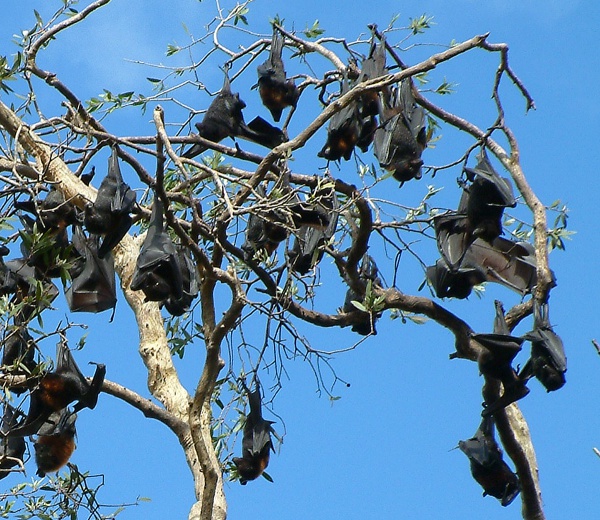Facts About Pteropus
Pteropus, commonly known as fruit bats or flying foxes, comprises a fascinating genus of megabats with over 60 species distributed across Asia, Australia, East Africa, and various oceanic islands. These bats primarily consume fruit and plant matter, though they occasionally feed on insects. They play a critical role in their ecosystems by facilitating seed dispersal and pollination, thereby supporting forest regeneration. Unfortunately, flying foxes face numerous threats, including overhunting, culling, natural disasters, and habitat loss.
Flying foxes are notable for their large size, acute senses of smell and sight, and intricate social structures. They tend to have long lifespans, low reproductive rates, and high intelligence, being capable of storing information long-term and exhibiting complex behaviors such as trap-lining. Additionally, they hold significant cultural importance, appearing in art, folklore, and even being used as currency in certain societies.
The genus Pteropus has a rich and varied evolutionary history, evident in its taxonomy and etymology. Many flying fox species are threatened or endangered due to human activities like overhunting, habitat destruction, and climate change. Global conservation efforts are underway, with some countries enacting legal protections to safeguard these remarkable creatures.
The relationship between flying foxes and humans is multifaceted. They can be vectors for disease transmission but are also used in traditional medicine and as a food source in some cultures. They are revered in indigenous traditions and frequently appear in folklore and art. However, their impact on orchard crops can lead to perceptions of them as pests, resulting in persecution in some regions.
Conservation strategies for flying foxes include captive breeding programs and promoting sustainable hunting practices. Despite these efforts, challenges remain in balancing human needs with the conservation of these ecologically crucial animals. Ongoing research and conservation initiatives aim to ensure the survival of flying foxes, preserving their essential roles in ecosystems and cultural heritage.
